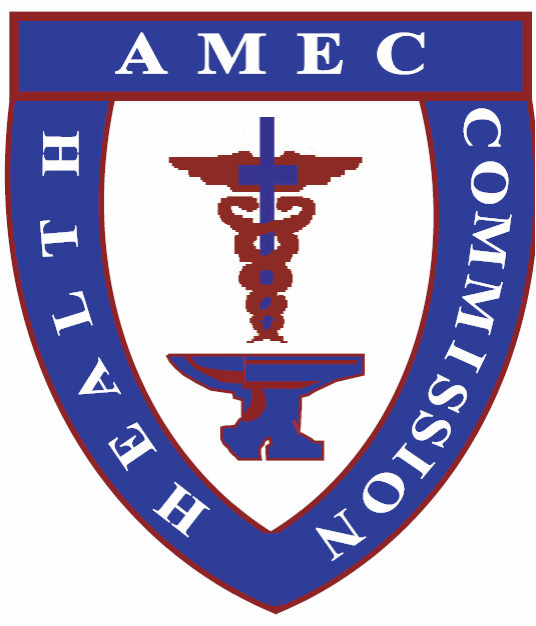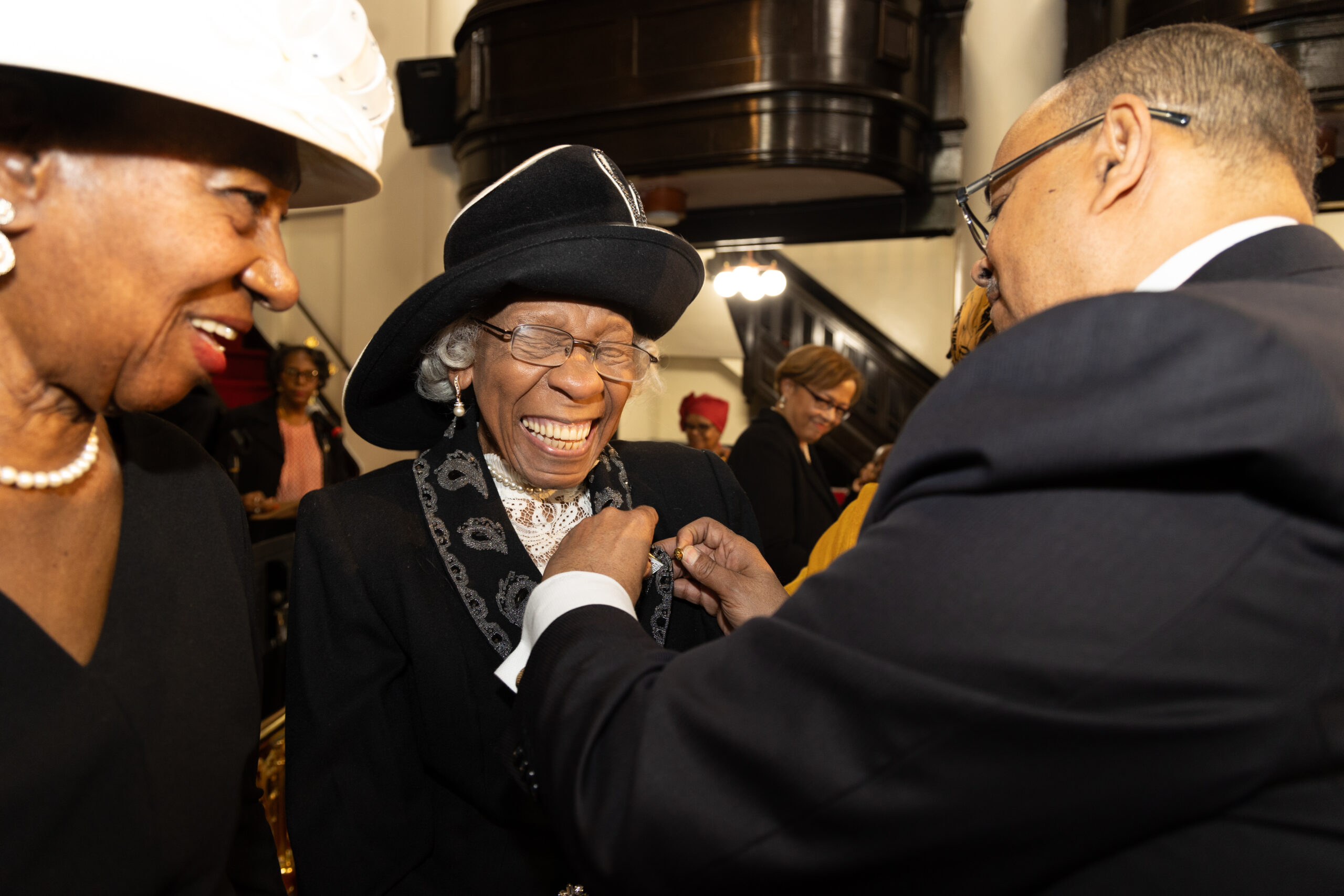Quardricos Driskell, Columnist
President Biden came to Capitol Hill on the 404th day of his presidency, during perhaps the most pivotal moment of his short tenure to deliver the State of the Union address. According to a Washington Post-ABC News poll, President Biden’s presidential approval rating is at a new low, with 37 percent saying they approve of the job he is doing and 55 percent saying they disapprove. Inflation is at its zenith in four decades and shows few signs of receding. Biden’s appointments to the Federal Reserve are wedged behind an increasingly obdurate Republican blockade. The COVID pandemic finally seems to be easing but faces a public rightly skeptical the virus is gone indefinitely, and there is a rapidly changing geopolitical landscape. And if his approval rating were above 40 percent, this would have been a typical State of the Union address, but it was not. In many respects, the nation and the world are balancing on a tightrope.
On almost every issue raised, Biden took a position that puts him in stark contrast with his party, especially the more progressive wing of the party, and with a little over 240 days until the midterm elections when voters will render judgment on Democrats’ control of Washington, the State of the Union, in my estimation did not move the needle. Furthermore, the American people, who are lukewarm about his presidency and unsure of how we might intervene in the Ukrainian crisis, remain unmotivated or feel deflated. So, who among the base, or generally, did this State of the Union address excite?
President Biden spent more time discussing the war in Ukraine than the war against voting rights at home. Some communities, especially communities of color, are engaged with law enforcement. His proclamation – “The answer is not to defund the police. The answer is to fund the police,” he said, before ad-libbing: “Fund them. Fund them,” even as Gov. Kim Reynolds (R-IA) in her Republican response accused Democrats of wanting to defund the police, an example of dog-whistle politics, perhaps hit against some of the President’s most critical base – young, progressive, and African American voters. This is an apparent snub of the leftist wing of the party. The unfortunate political reality is that George Floyd Justice in Policing Act, the Freedom to Vote Act, and the John Lewis Voting Rights Act are dead.
Additionally, Biden did not mention Build Back Better by name – his chief legislative agenda, though he mentioned critical elements of the plan. It has been pretty clear that the signature package has been dormant in Congress for a while now, particularly as we turn to an election year in which passing legislation is much more difficult. However, he did mention one of the signature Democratic agendas, the Child Tax Credit: announcing raising the minimum wage to $15 an hour and extending the Child Tax Credit, raising families out of poverty. Though the monthly payments expired in December, unfortunately, there is no plan to revive them. His mentioning of immunocompromised individuals and access to therapeutics might very well be met with resistance as new COVID-19 guidelines recommend most Americans go unmasked, harkening back to last summer before the emergence of the Delta variant.
Biden’s State of the Union speech was light on genuinely divisive issues. Towards the end of his speech, he only briefly mentioned these issues, such as abortion, immigration reform and transgender rights, and climate change. Throughout his speech, he seemed to be trying to speak to issues dear to Republicans — and perhaps disaffected Democrats. Stylistically, he spoke over the applause, seeming to rush through his speech without any pause to allow for more extended ovation and critical points to have their moments. It felt swift even with his mention of the historic appointment of Judge Ketanji Brown Jackson, the first Black woman appointed to the Supreme Court, no recognition of the landmark diversity in the judiciary and then quickly pivoted to immigration, which he failed to lay out a comprehensive immigration plan.
All things considered, President Biden affirmed what we already know – he is the epitome of white moderation – consistently appealing to the political attitudes of right-of-center Americans and small “C” conservatives who do not support him despite his efforts. Furthermore, his “Unity Agenda,” which supports needed initiatives such as opioids, cancer research, mental health, and veterans care, is more of the same, while necessary, more of what we have heard previously. No innovation, no big legislative agenda, no haecceity, comforting and enduring vision for the country. Democrats need a winning strategy; President Biden has yet to exercise his bully pulpit fully in support of this strategy.
Biden concluded: “Fellow Americans: Look, we can’t change how divided we’ve been … but we can change how to move forward on COVID-19 and other issues that we must face together.” Regrettably, the President did not provide a framework for change moving forward.
President Biden enthusiastically concluded, “Go get ‘Em.” Unfortunately, I am afraid, that is precisely what the Republican Party will do – deliver a shellacking to the Democrats in November.
Quardricos Bernard Driskell is an adjunct professor of legislative politics at The George Washington University Graduate School of Political Management. Follow him on Twitter @q_driskell4





